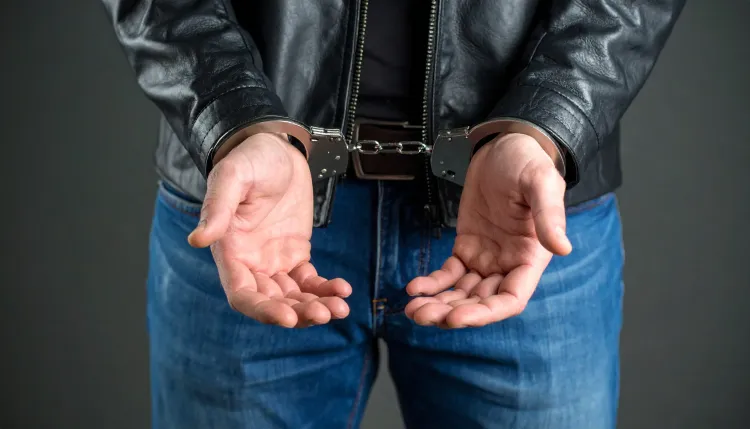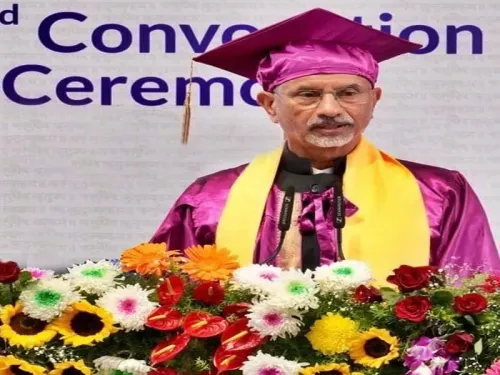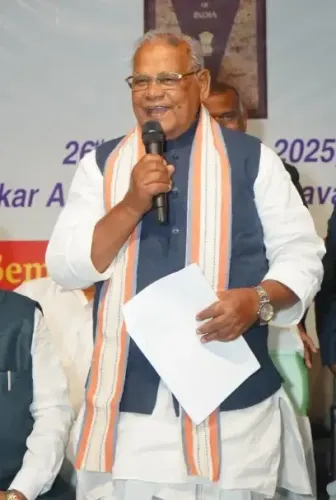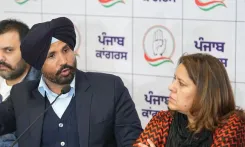How Did Delhi Police Capture Fugitive Kidnapper in Mumbai After 25 Years?

Synopsis
Key Takeaways
- Suneet Agarwal has been on the run for 25 years.
- He was involved in a kidnapping case from 2000.
- Agarwal was apprehended in Malad, Mumbai.
- He used various tactics to evade law enforcement.
- His arrest highlights the commitment of police to pursue justice.
New Delhi, July 11 (NationPress) A remarkable 25-year pursuit for a notorious criminal linked to a dramatic kidnapping case from 2000 concluded this week when the Crime Branch of Delhi Police apprehended Suneet Agarwal, also known as ‘Pappi’, at his jewelry shop in Malad, Mumbai.
Agarwal, aged 46, had gone underground following his release on bail in 2000 for the abduction and extortion of Shree Nath Yadav, a resident of Ghaziabad.
As per the original FIR (No. 53/2000, PS Kotwali), Agarwal and his siblings allegedly kidnapped Yadav on January 29, 2000, subjected him to violence, held him at gunpoint in a basement in Kalkaji, and demanded a ransom from Yadav’s employer, Ram Gopal, a fabric trader.
All three brothers evaded court summons and were declared proclaimed offenders on October 15, 2004. Following new intelligence, a team from the Anti-Robbery and Snatching Cell (ARSC), headed by Inspectors Mangesh Tyagi and Robin Tyagi, under the supervision of ACP Arvind Kumar, traced Agarwal through a network of aliases, burner phones, and frequently changing addresses.
On July 4, 2025, the team conducted a covert operation in Malad, utilizing technical surveillance and human resources to confirm his identity prior to his arrest. Authorities indicate that Agarwal had redefined his identity in Maharashtra after escaping from Delhi.
Agarwal is a B.Com dropout from Delhi University. Initially, he operated a two-wheeler financing business in Thane, got married in 2004, and spent five years working in an imitation jewelry factory before launching his wholesale business in 2015.
He changed his residence every six months, avoided contact with relatives and neighbors, and used various mobile numbers to remain undetected.
“Upon his arrest, the suspect underwent rigorous questioning, during which he disclosed his long-term tactics to elude law enforcement. It was revealed that he frequently altered his appearance, addresses, and phone numbers to avoid capture,” stated DCP Sanjeev Kumar Yadav.
“He even distanced himself from neighbors and relatives to bolster his safety. To avoid arrest, the fugitive relocated approximately every six months within Maharashtra,” he added.
Agarwal has a son studying Business Finance at Thakur College, located in Kandivali East, Mumbai, Maharashtra.










